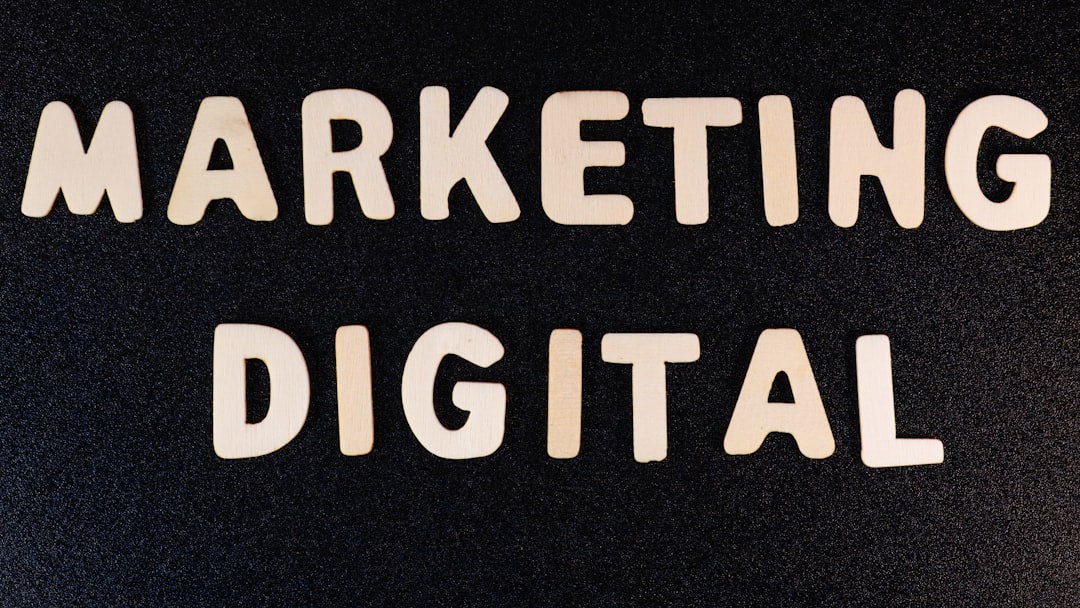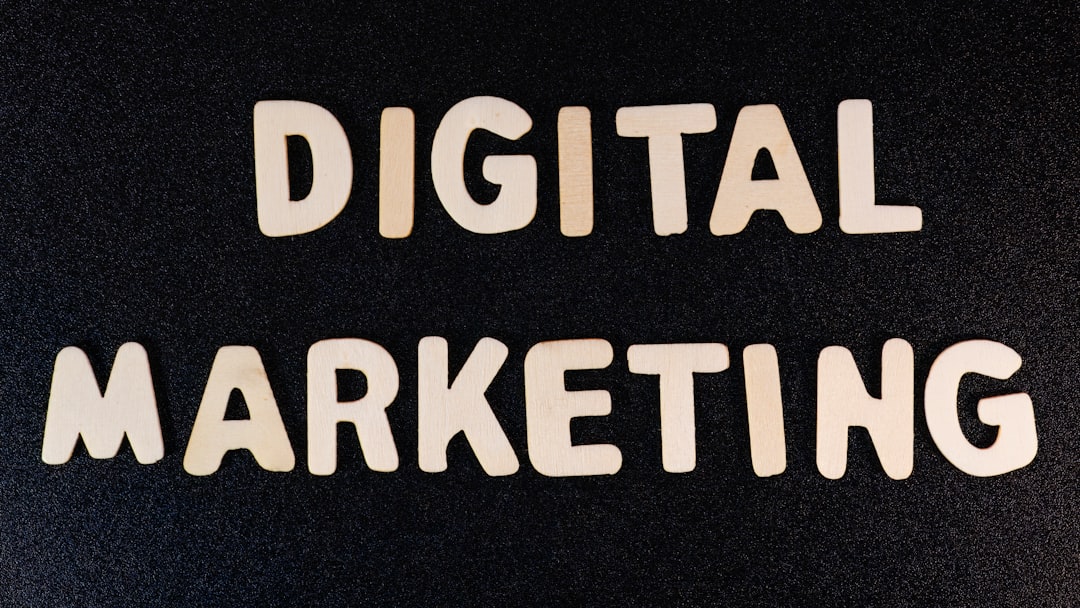Paid + Organic Synergy: Share Data, Not Budgets
In the ever-evolving landscape of digital marketing, there has long been a perceived competition between paid and organic strategies. For many brands, the two operate in separate lanes, often with different teams, goals, and most importantly—budgets. But what if we took a step back and asked a different question: what if the key to superior performance isn’t shifting or combining budgets, but in integrating data to create a synergy between the two?
Rather than treating paid and organic as rivals needing distinct investments, consider them as complementary forces. By aligning the insights each channel offers, brands can make smarter, more strategic decisions that fuel both short-term gains and long-term growth.
The Case for Integration: Why It Matters
Table of Contents
Paid and organic marketing trajectories often mirror an age-old push and pull: performance-driven immediacy versus slow-burn credibility. Paid campaigns deliver traffic and conversions quickly but at a cost. Organic growth—through SEO, content marketing, and social—is more sustainable, but takes time to build momentum. This makes their integration a powerful tool when done correctly.
Here’s why this matters:
- Maximized ROI: Combine data to reduce duplication across channels and allocate spend where it creates the most impact.
- Enhanced Strategy Planning: Use organic insights to guide paid campaign targeting and vice versa.
- Consistent Messaging: Align content strategy across both channels for a unified brand voice.
Unfortunately, many teams form silos, restricting communication between the specialists managing organic growth (like SEO and content managers) and those handling paid media (PPC and social media advertising managers). These operational divides often lead to missed opportunities that could be harnessed with simple data sharing—not by merging budgets or reallocating ad spend arbitrarily.

Where Paid and Organic Data Can Be Shared
To create synergy between these two channels, brands need to focus on key areas of data overlap. Here’s where your marketing teams should start sharing insights:
1. Keyword Intelligence
Your PPC campaigns usually generate rich keyword data very quickly—which keywords get clicks, generate conversions, cost too much, or perform below expectations. On the organic side, SEO work often uncovers long-tail keywords and identifies content gaps based on search trends. Sharing this keyword intelligence helps both camps prioritize the right queries.
How it helps:
- PPC campaigns can avoid bidding on keywords already ranking well organically, reducing costs.
- SEO teams can focus on terms converting well in paid campaigns but lacking organic visibility.
2. Content Performance
This is one of the most underutilized areas of overlap. Blog posts, landing pages, and visuals that perform well organically may serve as excellent material for paid promotion. Similarly, high-performing paid ads can inspire keyword-focused content creation.
How it helps:
- Identify evergreen content from organic that continues to attract traffic and test it in sponsored posts.
- Use paid A/B testing to fine-tune messaging before developing an organic content series.
3. Audience Insights
Paid platforms offer extensive demographic and interest-based insights that can significantly benefit your organic strategy. Meanwhile, organic tools (like Google Search Console or social listening platforms) uncover customer intent and sentiment that can shape paid targeting.
How it helps:
- Craft buyer personas using broad data, not just channel-specific metrics.
- Use visitor behavior across both paid and organic to better understand the user journey.
Stop Fighting Over Budget, Start Collaborating Over Results
One of the biggest misconceptions in marketing planning is believing that budget adjustments between paid and organic strategies will automatically optimize performance. In reality, more money won’t fix a poorly aligned strategy—or disconnected teams. Investing in shared analytics dashboards, cross-team sessions, and collaborative planning delivers far more value in the long term.
Think of budget as a tool, not the measure of success. Effective campaigns focus more on how well a keyword converts, where traffic originates, or how content performs—regardless of the channel. When results, goals, and audience data are aligned, tactical wins begin to build strategic victories.

Tools and Platforms for Data Sharing
Agility and transparency are essential when merging paid and organic data. Fortunately, a range of tools can break down silos and offer central access to insights across both disciplines.
Consider incorporating these in your martech stack:
- Google Analytics 4 (GA4): Built for cross-channel insights, GA4 reveals conversion paths, traffic sources, and audience behavior across paid and organic.
- Looker Studio (formerly Google Data Studio): Perfect for visualizing combined performance dashboards using real-time data connectors.
- SEMRush or Ahrefs: Collect keyword, backlinks, and content analytics that can be used cooperatively by paid and organic teams.
- Meta Ads Manager + Organic Page Insights: Compare engagement and demographic response data between paid and non-paid Facebook efforts to fine-tune messaging.
Success Stories: Brands That Nail the Synergy
Many companies have moved beyond the budget turf wars and embraced a data-sharing culture. One standout example is a midsize e-commerce brand that noticed an unusual uptick in blog traffic around a specific product category. Instead of celebrating the SEO win alone, the content team flagged the topic to the paid media team. Within days, a micro-campaign around those blog themes was launched—using remarketing to capture visitors from those content pages.
The result? A 23% lift in ROAS (Return on Ad Spend) and a 40% increase in newsletter signups from that audience segment. Neither the paid nor organic team could have achieved this singlehandedly—it was data synergy that drove growth.
Similarly, a SaaS startup found immense value in promoting underperforming yet valuable product pages via paid ads. Armed with behavioral insights from organic sessions, they tailored ad copy to mirror the most common objections seen in organic comments and site feedback. CTR improved by 35%, and product trial sign-ups spiked.
Creating a Culture of Collaboration
Data synergy isn’t just a workflow—it’s a mindset. Organizations must cultivate a culture where success isn’t measured solely in lead counts or keyword ranking, but rather in how well insights are leveraged across teams.
Here are some actionable ways to foster paid-organic integration:
- Hold monthly alignment meetings between SEO, content, and ad teams.
- Build shared dashboards where both teams can view performance in real-time.
- Create joint KPIs that encourage inter-team goals (e.g., shared cost-per-acquisition or conversion rate benchmarks).
- Encourage experimentation by allocating a percentage of the paid budget towards testing organic ideas and vice versa.
Final Thoughts: Share Data, Not Dollars
Both paid and organic marketing strategies are powerful on their own—but even more formidable when aligned. Yet the future of high-performing campaigns doesn’t rest on pouring more money into either side. It lies in blurring the lines, sharing data liberally, and building strategies around what works, not what gets budgeted.
Let paid inform precision. Let organic fuel authenticity. When the two combine through data synergy, they don’t just amplify each other—they elevate the entire marketing strategy.







